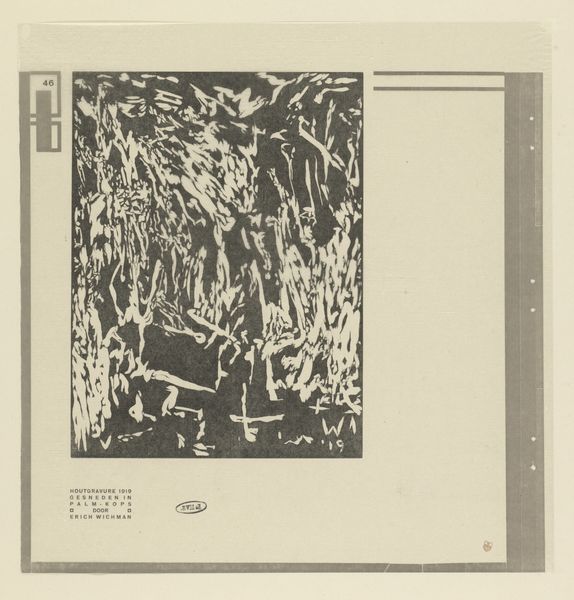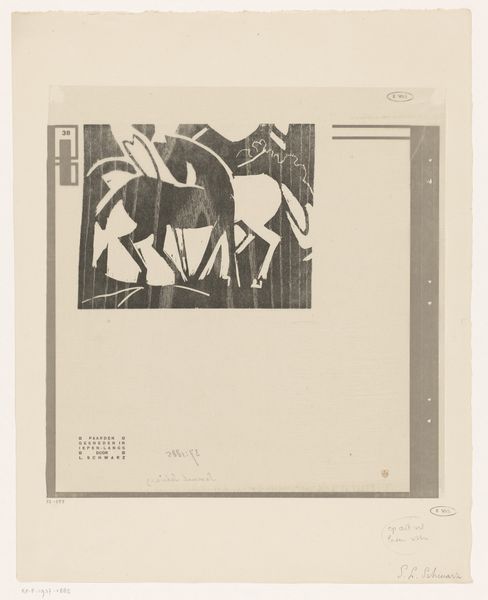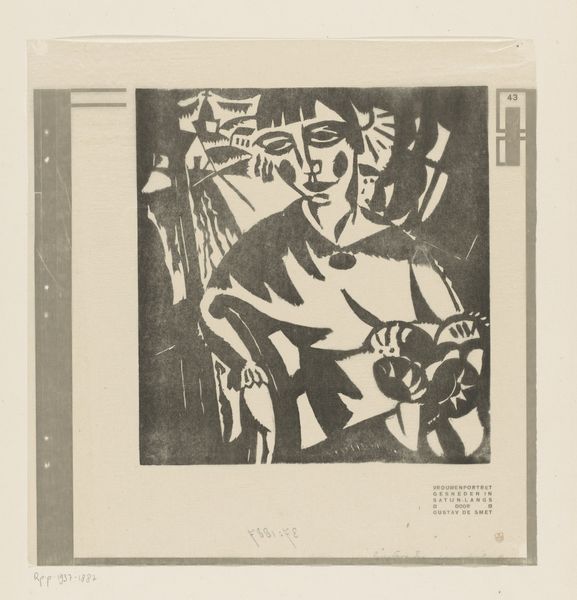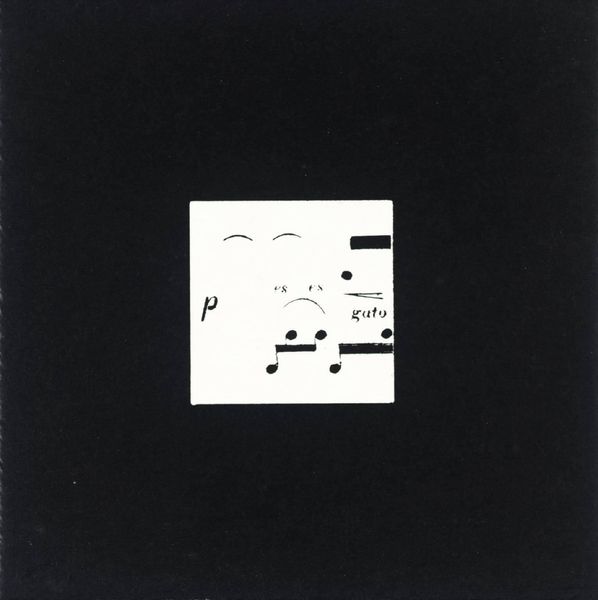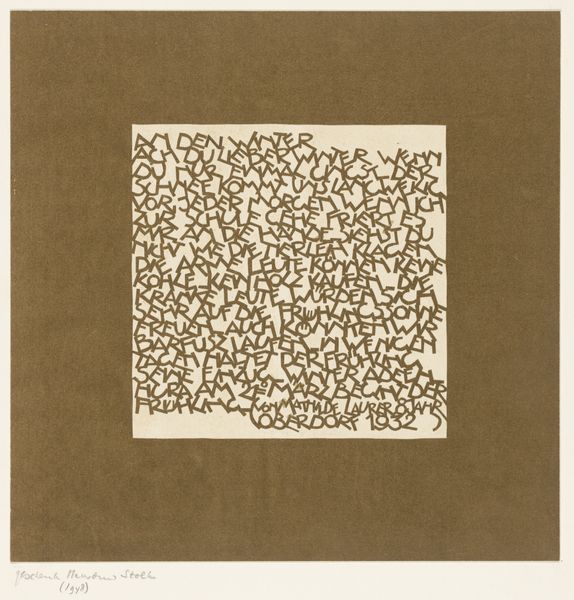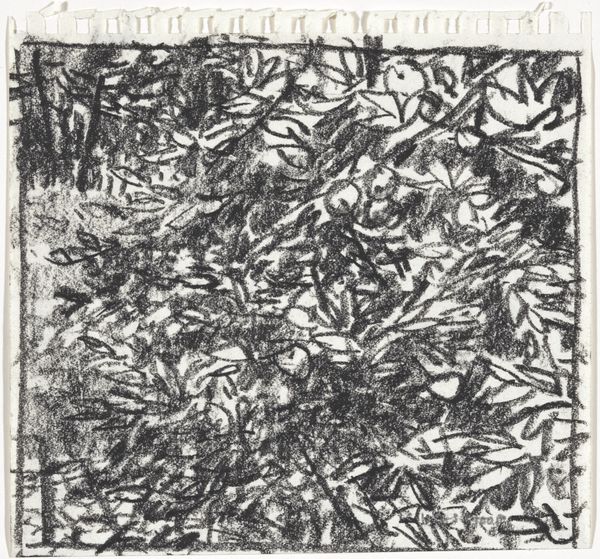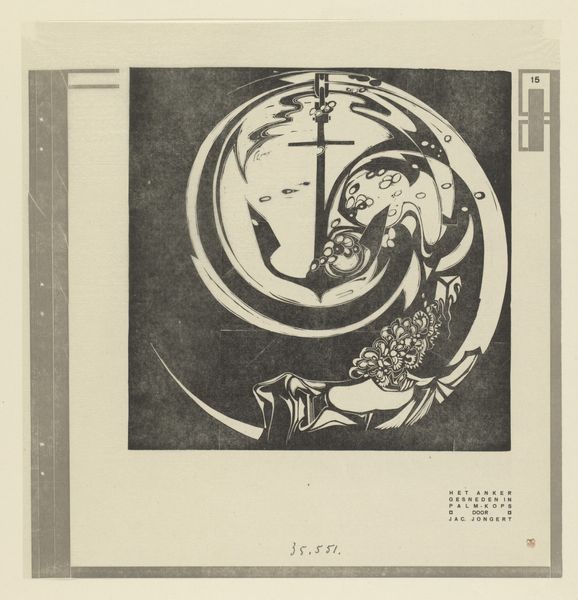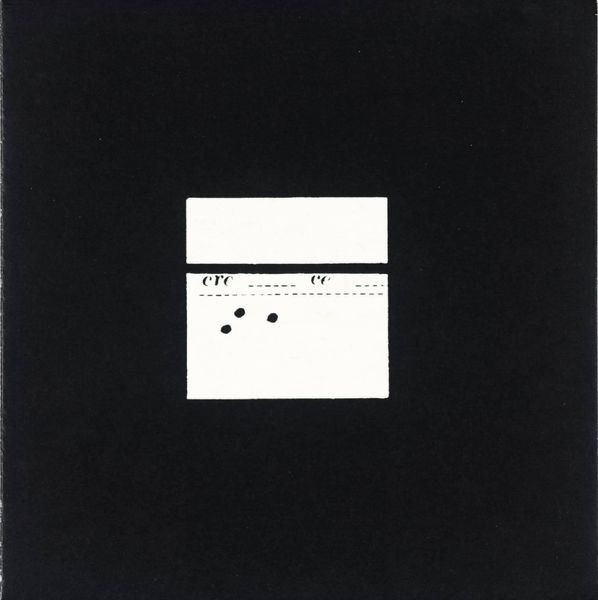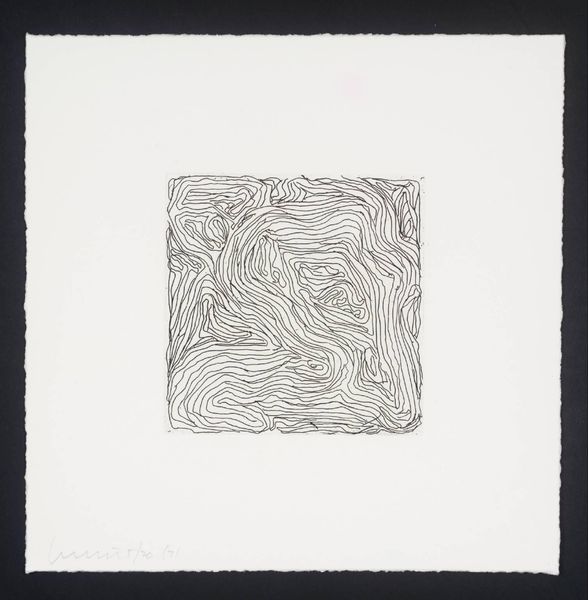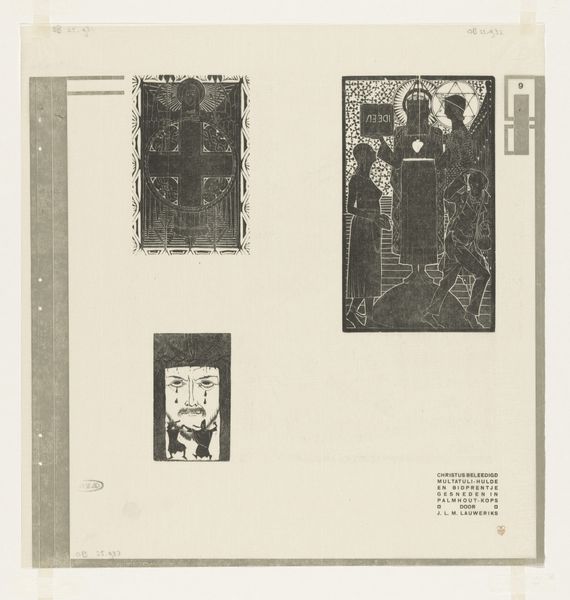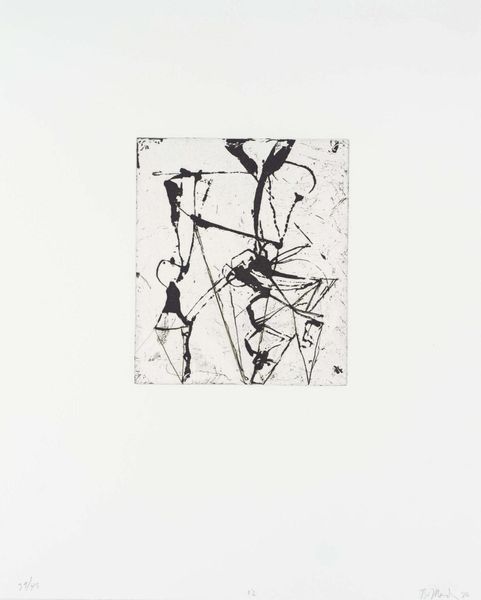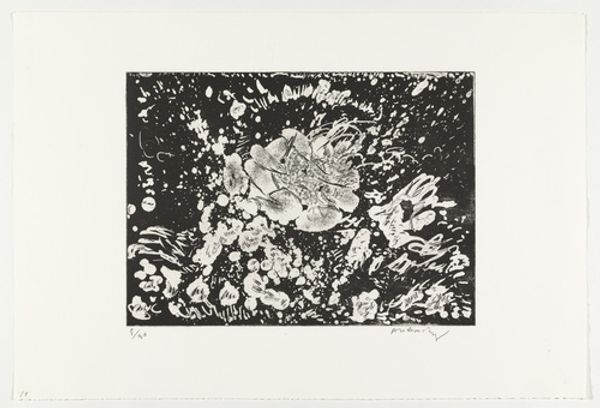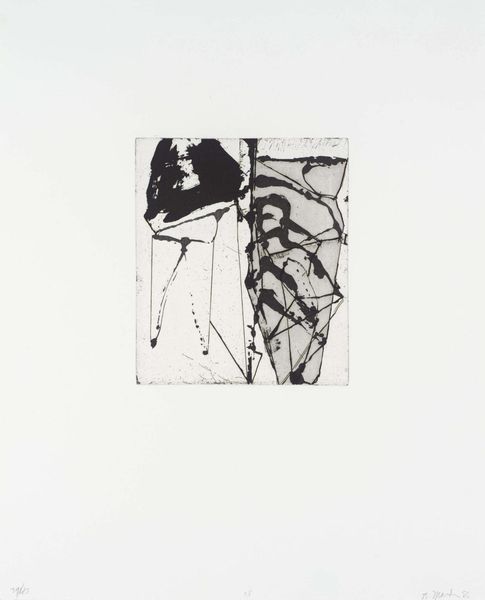
print, woodcut
#
art-nouveau
# print
#
geometric
#
woodcut
#
abstraction
Dimensions: height 322 mm, width 312 mm
Copyright: Rijks Museum: Open Domain
Erich Wichmann produced this stark linocut, Composition of Lines, around 1919. It shows the influence of expressionism and early abstraction as it emerged across Europe in the wake of the First World War. The image is suggestive without being descriptive. It creates meaning through references to the devastation of the war. Wichmann inscribed the word 'Houtsnede' on the print, which is Dutch for 'woodcut', though he actually used linoleum. This may be an ironic reference to the tradition of landscape art associated with woodcuts, which became impossible after the destruction of the landscape during the war. Wichmann's simplification of form and stark contrast between light and dark could also reflect a broader cultural shift towards abstraction and a rejection of traditional artistic conventions. To understand the image better, we can look at contemporary sources, such as periodicals and exhibition catalogues to find out what kind of aesthetic and political values were circulating at the time. Through this we can appreciate art as a historical artifact, contingent on social and institutional contexts.
Comments
No comments
Be the first to comment and join the conversation on the ultimate creative platform.
